The remarkable regenerative abilities of planarian flatworms have long fascinated scientists. These tiny creatures can regenerate an entire organism from just a fragment of their body, a phenomenon that defies conventional understanding of biology. At the heart of this mystery lies a unique population of adult stem cells called neoblasts, which hold the key to understanding not just regeneration but also fundamental questions about development and aging.
Planarians possess an almost magical ability to rebuild themselves after injury. When cut into pieces, each fragment can regenerate into a complete worm within weeks. This process isn't limited to specific body parts - even tiny sections containing as few as 10,000 cells can regrow heads, tails, and every organ in between. The implications for medicine are profound, suggesting that unlocking these mechanisms could revolutionize how we approach tissue repair and organ regeneration in humans.
The neoblast system represents nature's most sophisticated regenerative toolkit. These pluripotent stem cells make up about 20-30% of all cells in an adult planarian and can differentiate into any cell type the worm needs. Unlike mammalian stem cells which become restricted to specific lineages early in development, neoblasts maintain this remarkable plasticity throughout the organism's life. Recent single-cell RNA sequencing studies have revealed surprising heterogeneity within the neoblast population, suggesting complex regulatory networks controlling their behavior.
What makes planarian regeneration particularly intriguing is its precision. The worms don't simply grow random masses of tissue - they regenerate perfectly proportioned miniatures of themselves, complete with correctly positioned organs and properly scaled anatomical features. This requires precise spatial information to be maintained even in small body fragments. Researchers have identified several signaling pathways, including Wnt and BMP, that help establish this positional memory and guide the regeneration process.
Epimorphic regeneration in planarians involves two key phases: wound healing followed by blastema formation. The blastema, a mass of undifferentiated cells at the injury site, serves as the regeneration powerhouse. Neoblasts migrate to this location and begin proliferating rapidly. Unlike scar tissue formation in mammals, planarians completely regenerate functional tissue without any signs of scarring. The molecular signals that prevent fibrosis and promote true regeneration remain a major focus of current research.
The metabolic requirements of whole-body regeneration are staggering. Planarians dramatically alter their energy utilization during regeneration, shifting between oxidative phosphorylation and glycolysis at different stages of the process. Some studies suggest that the worms may actually break down existing tissues to provide energy and molecular building blocks for new growth. This metabolic flexibility could hold important clues for enhancing regenerative capacity in other organisms.
Comparative studies reveal that while many animals possess some regenerative abilities, planarians stand apart in their whole-body regenerative capacity. Even among flatworms, certain species show varying degrees of regenerative potential. Researchers are actively investigating the evolutionary origins of this trait, examining how genetic networks were modified to produce such extreme regenerative abilities. Some evidence suggests that ancestral bilaterians might have possessed greater regenerative potential that was subsequently lost in most lineages.
Recent technological advances have propelled planarian research forward. High-resolution live imaging allows scientists to track individual neoblasts during regeneration, while CRISPR-based gene editing enables precise manipulation of the regenerative process. These tools have revealed unexpected behaviors, such as the ability of neoblasts to sense missing tissue and adjust their differentiation accordingly. Such findings challenge traditional views of stem cell biology and developmental regulation.
The potential medical applications of planarian research are vast. Understanding how these organisms avoid cancer despite massive stem cell proliferation could inform new approaches to tumor suppression. Their ability to maintain tissue homeostasis indefinitely suggests possible anti-aging applications. Most tantalizing is the prospect of activating latent regenerative pathways in human cells, potentially enabling the regrowth of damaged organs or limbs.
Ethical considerations accompany these scientific possibilities. While planarians lack centralized nervous systems comparable to vertebrates, their remarkable biological complexity raises questions about consciousness and pain perception. As research progresses, the scientific community must balance potential benefits against ethical responsibilities toward these sophisticated organisms.
Ongoing research continues to uncover new layers of complexity in planarian regeneration. Recent work has identified epigenetic factors that maintain neoblast pluripotency and revealed unexpected roles for nervous system signaling in regeneration control. Each discovery not only deepens our understanding of these extraordinary creatures but also brings us closer to harnessing regenerative medicine's full potential.
The study of planarian regeneration represents one of biology's most promising frontiers. As we decode the molecular language that enables these organisms to rebuild themselves, we gain not just knowledge about worms, but fundamental insights into the very nature of multicellular life. The lessons learned may one day allow us to conquer some of medicine's most intractable challenges, from spinal cord injuries to degenerative diseases.

By /Jul 7, 2025

By /Jul 7, 2025

By /Jul 7, 2025

By /Jul 7, 2025
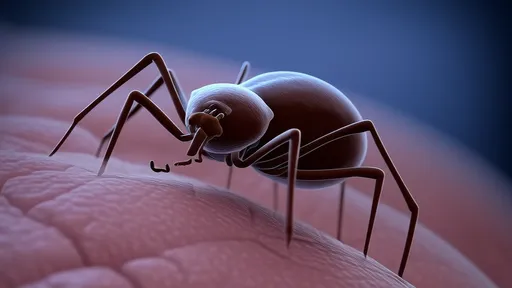
By /Jul 7, 2025
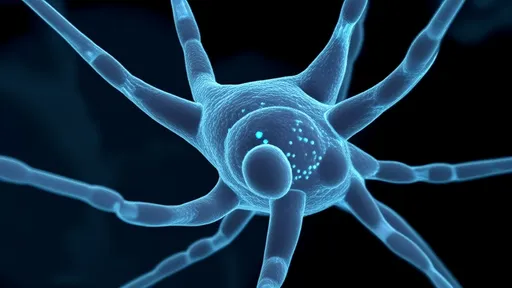
By /Jul 7, 2025
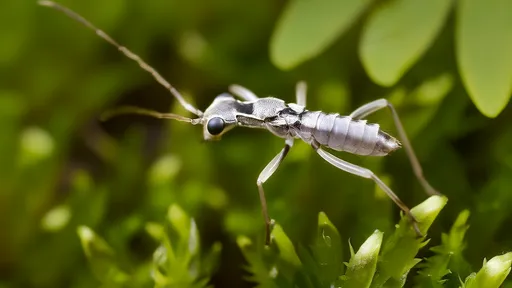
By /Jul 7, 2025
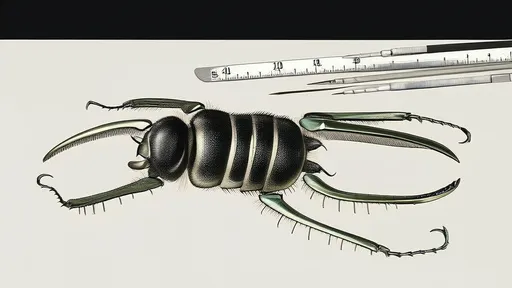
By /Jul 7, 2025
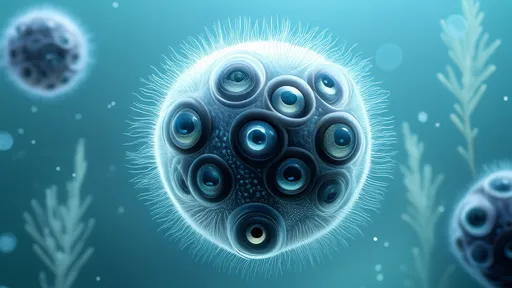
By /Jul 7, 2025
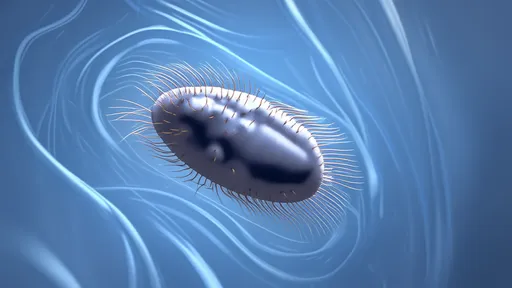
By /Jul 7, 2025

By /Jul 7, 2025
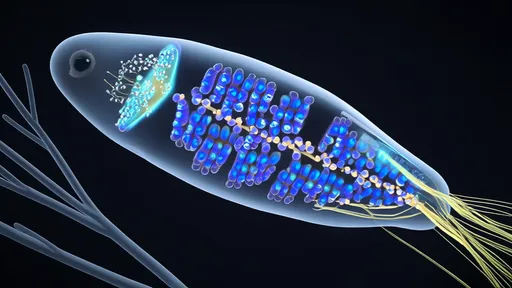
By /Jul 7, 2025
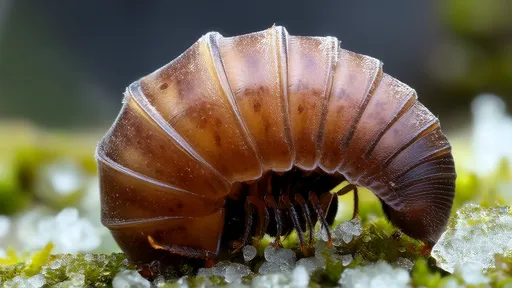
By /Jul 7, 2025

By /Jul 7, 2025
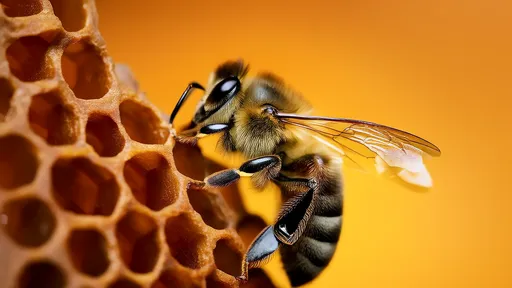
By /Jul 7, 2025

By /Jul 7, 2025

By /Jul 7, 2025

By /Jul 7, 2025